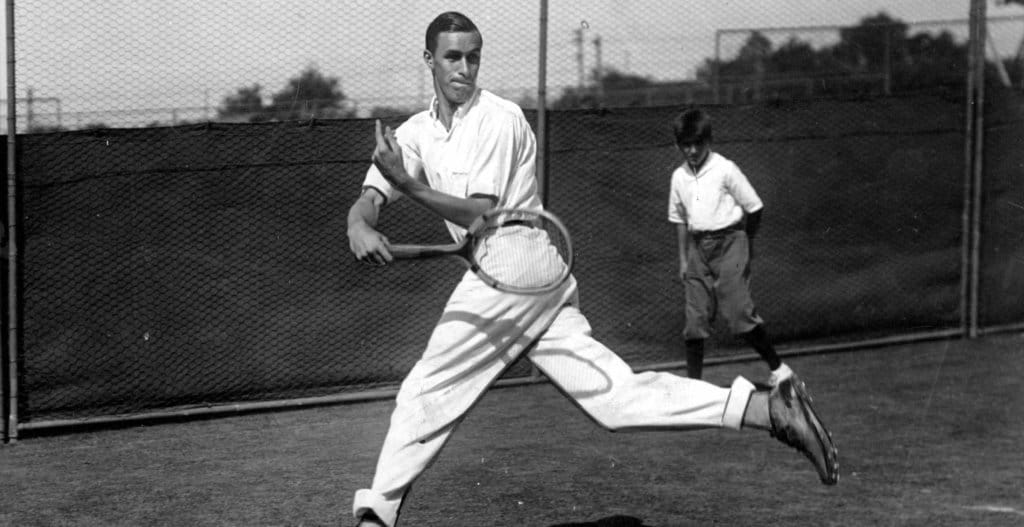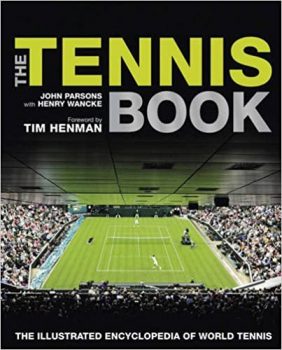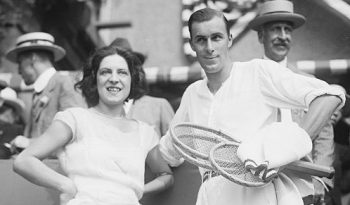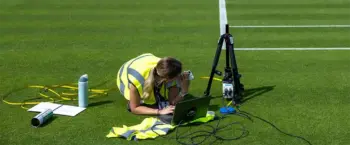Alex Mann is back with an article about the origins of Wimbledon. Wimbledon is the most prestigious tournament in tennis.
Ps. After you read the origins of Wimbledon, you can check out Alex’ Wimbledon preview for Men’s and Women’s tournaments by clicking the links. Ds.
The Origins of Wimbledon
by Alex Mann
Game, set and match to Spencer Gore, 6-1 6-2 6-4. His name may be a mystery to many, but in 1877 he defeated William Marshall to win the first edition of the Wimbledon Championships.
Around 200 spectators watched the final, which was held at the All England Croquet and Lawn Tennis Club at Worple Road.
The first edition of the Championships comprised a 22-man draw, with each player paying £1.05s (around £100 today) to enter.
You’d think winning a sporting tournament would fill someone with joy and happiness, but Spencer Gore didn’t seem overly interested in the game of tennis.
The cricketer, who played for Surrey Cricket Club, proclaimed;
‘That anyone who has played well at cricket, (real) tennis, or even racquets will ever seriously give his attention to lawn tennis, beyond showing himself a promising player, is extremely doubtful for in all probability the monotony of the game.’
– The Tennis Book: The Illustrated Encyclopedia of World Tennis – by John Parsons and Henry Wancke
The tournament included a two-day break, presumably, so it didn’t clash with the Eton vs. Harrow cricket match at Lord’s, which I’m sure Spencer favored.
Ladies’ Singles
In 1884, the club added Ladies’ Singles to The Championships, and Maud Watson defeated her sister Lillian Watson in a 13-woman draw to win the inaugural title. Gentlemen’s Doubles was also added, with brothers William and Ernest Renshaw winning their first of 5 doubles titles at the tournament.
It wasn’t until 1913 that Mixed Doubles made its debut. Hope Crisp and Agnes Tuckey won the first tournament after a second set retirement from their opponents.
Although the first edition of The Championships occurred in 1877, The All England Croquet Club (as it was known) was founded in 1868. Due to the increasing growth and popularity of lawn tennis, the club committee built a tennis court on one of the croquet greens at Worple in 1875.
One major change was made to the first tournament two years after the introduction of the game to the club. The original hourglass shape of the court was replaced with the modern rectangle shape.
By the early 1900s the site where The Championships had been held since its inception, Worple Road, had become too cramped for the ever-growing tournament.
Tennis celebrities Lenglen and Tilden
The rise of tennis celebrities such as Suzanne Lenglen and Bill Tilden who drew audiences from around the world added to the need to grow. In 1920, the All England Club bought a large plot of land in Wimbledon Park with prospects of building a new tennis arena.
In the last edition of The Championships at Worple Road in 1921, Lenglen and Tilden won the women’s and men’s singles titles, respectively. This seemed appropriate, given that Wimbledon was about to enter a new generation of tennis history and sporting stardom.
The new 14,000-seater Centre Court was unveiled in 1922 and has been in action ever since, except during the years 1940 to 1945, and more recently in the year 2020.
Centre Court Centenary
This year’s edition of the Championships marks the centenary of the construction and opening of the iconic Centre Court. The court has witnessed some of the most iconic tennis players and sporting moments.
To celebrate the 100th anniversary of Centre Court, 100 Years of Change shares stories of how the Centre Court has been the witness to social and political change throughout its lifetime.
The exhibition is free to enter for Wimbledon ticket-holders during this year’s tournament and is located in the permanent museum inside the Wimbledon grounds. If you’re going to the Championships this year, it’s worth a visit!
Sources:
Wimbledon Lawn Tennis Museum has created an exhibition. The exhibition, named Sources Centre Court: The Jewel in Wimbledon’s Crown – by John Barrett and Ian Hewitt
The Tennis Book: The Illustrated Encyclopedia of World Tennis – by John Parsons and Henry Wancke
The People’s Wimbledon: Memories and Memorabilia from the Lawn Tennis Championships – by Richard Jones

















